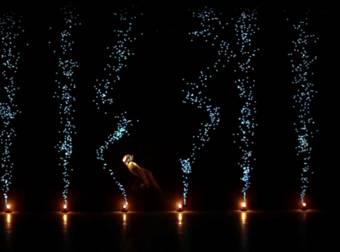Between 1815 and 1915, grief, mourning and the macabre reached a fashionable pinnacle the likes of which, even today, were never seen. The century saw some considerably grim events, including the horrors of slavery, the devastation of the Civil Warm and many diseases claiming the lives of children. There was also a fashionable fascination with all things morbid in the Victorian period — think curio cabinets full of preserved animals and gothic novels full of monstrous apparitions.
All this culminated into a fashion trend surrounding the tradition of mourning. When a loved one died, their relatives would wear black clothing and, in some cases, refrain from participating in activities that might seem “happy.” Depending on the relation, the mourning period could range up to two years. Some widows wore mourning clothes for the rest of their lives. Consider them the original goth kids.
Today, these codified, public displays of mourning might seem strange, and even a bit distasteful. Yet this was quite common in the 19th and early 20th centuries. People saw it as a way of respecting the dead, and seeing someone wearing black was a signal to others that they had just experienced a loss. (Unlike today, black was not a “basic” and was not typically everyday wear.) Not everyone participated in the mourning tradition, but many seemed to find comfort in it. Due to this, mourning fashion (known in their day as “widow’s weeds”) became a booming business. It was helped by the industrial revolution, too, because black dye became more available, and middle-class people could afford the extra clothing.
The Metropolitan Museum of Art in New York City is currently hosting an exhibit, Death Becomes Her, on mourning garb from this period. The show, held in the Anna Wintour Costume Center, features a collection of mourning gowns, accessories, and jewelry. It also includes media from the time depicting mourning practices. Though subdued in color, the gowns are every bit as beautiful as any other Victorian gown. They featured lace, beading, and yards and yards of fabric. The exhibit covers a century, so the clothes not only show the mourning practices, but also how they changed — and loosened — over time.
Attitudes about death have changed drastically since this time, but are no more complex. During the Victorian period, death was real and personal, with child mortality rates and infectious diseases more common than today. Because death was such an intimate part of life, it wasn’t considered strange or morbid to have jewelry made of the hair of a deceased relative. Today, with vaccinations and better medical knowledge, death is a little more removed for the average person, and maybe that’s why our fascination with it continues. And if you’ve ever gone through a goth phase, you have the culture of mourning to thank.
Death Becomes Her is on display at the Metropolitan Museum of Art through February 1, 2015.
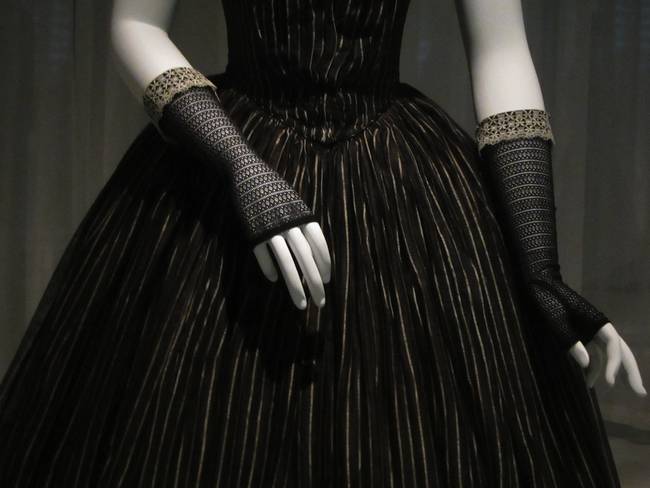 share
share
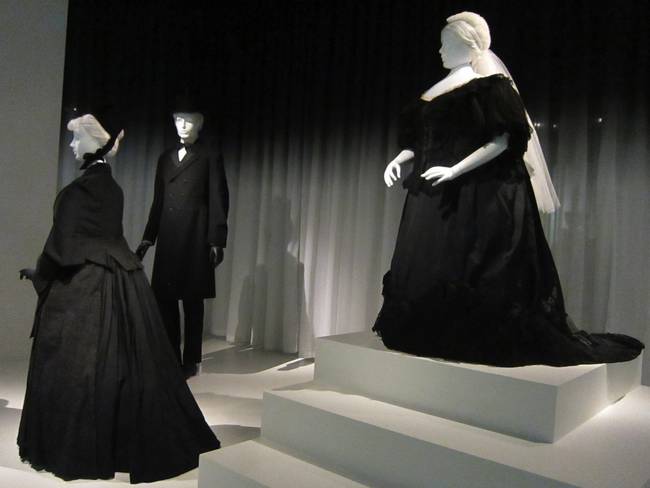 share
share
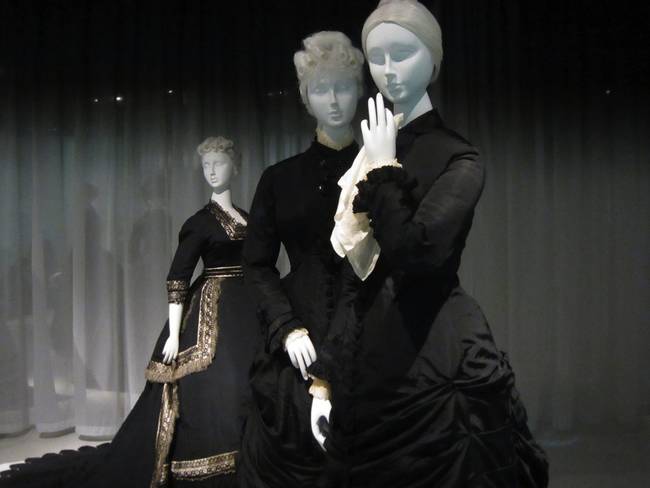 share
share
 share
share
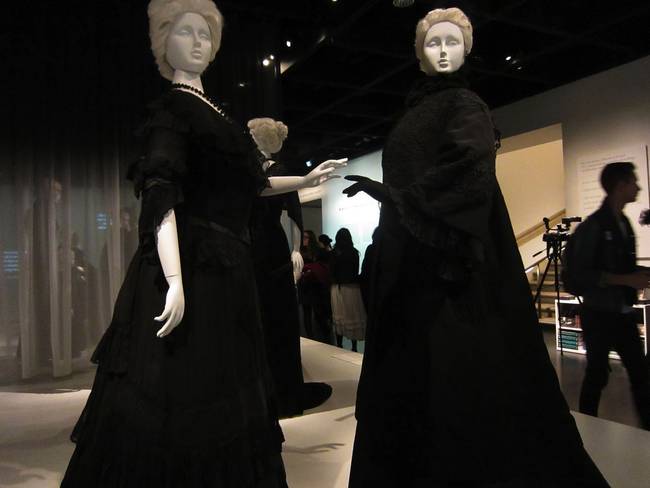 share
share
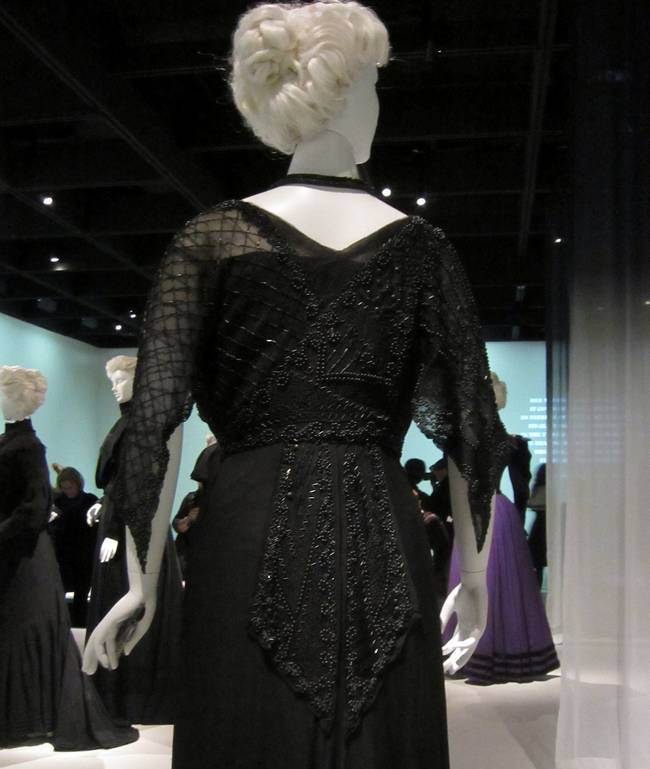 share
share
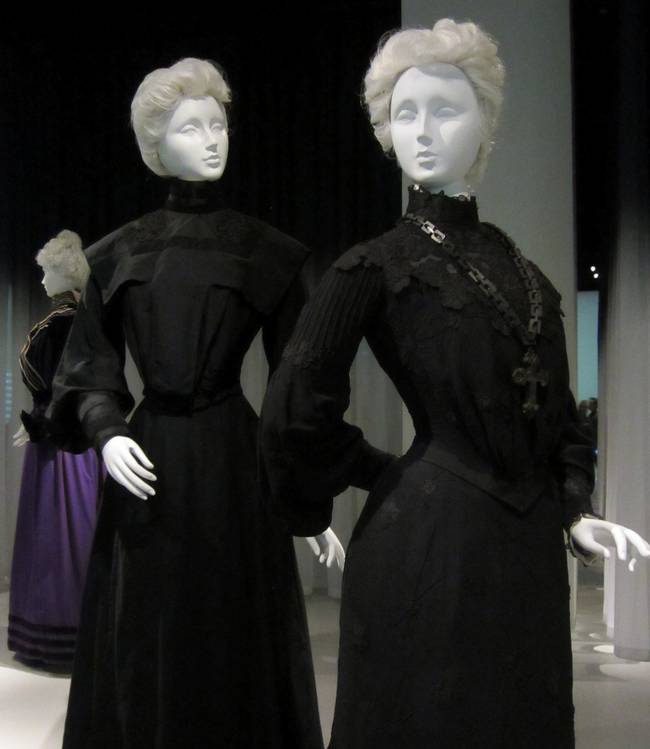 share
share
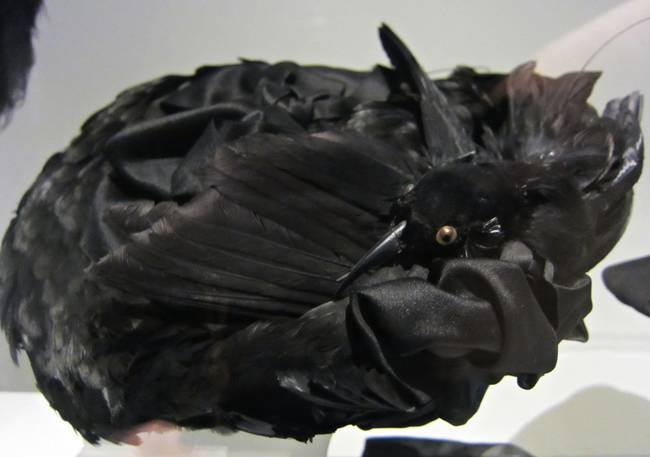 share
share
 share
share
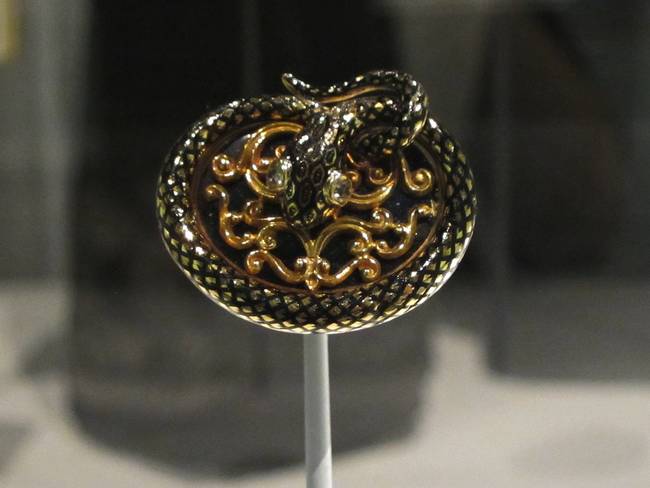 share
share
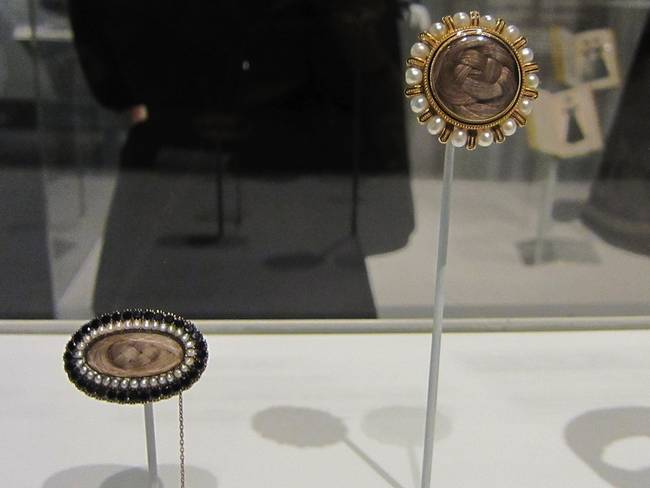 share
share
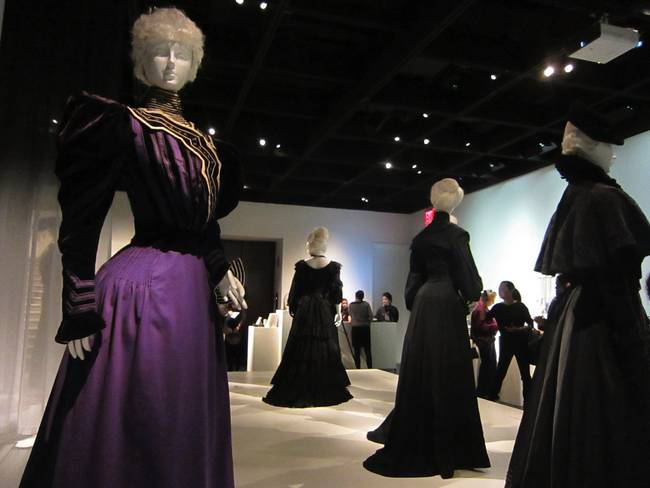 share
share
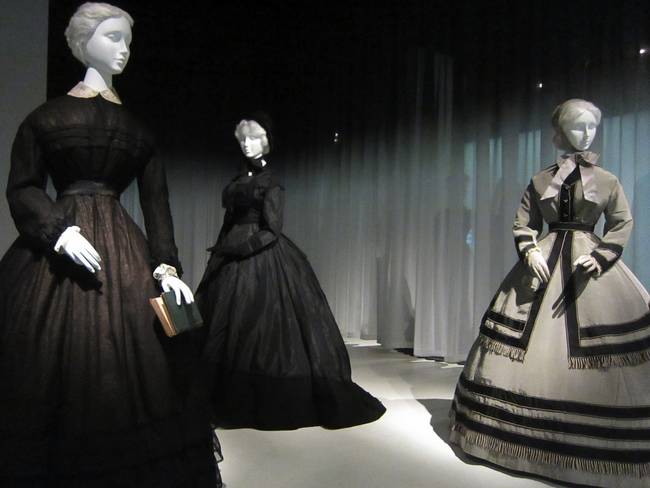 share
share
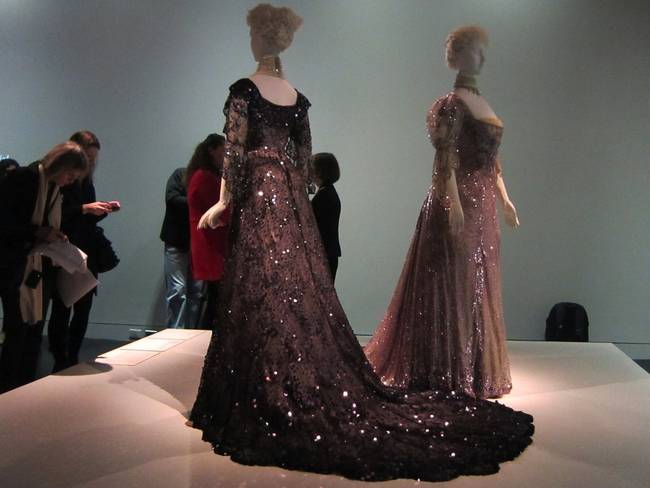 share
share

